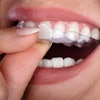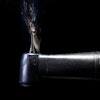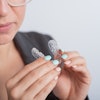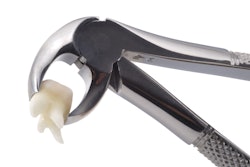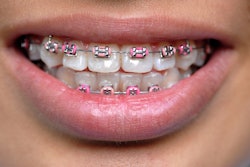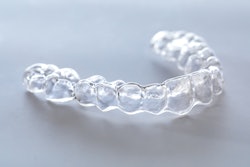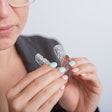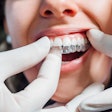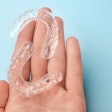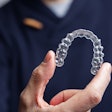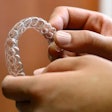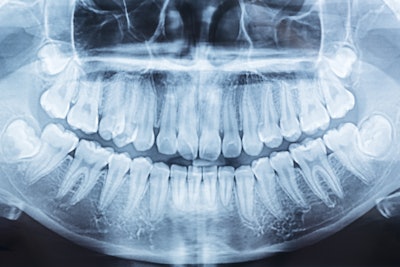
Artificial intelligence (AI) not only detected malocclusions, specifically predicting angle classification, but it did so better than orthodontists. The study was recently published in the American Journal of Orthodontics and Dentofacial Orthopedics.
However, orthodontists outperformed AI in identifying overjet and overbite measurements, the authors wrote.
"The system was proved to be more efficient in malocclusion classification using intraoral photographs compared to an expert orthodontist," wrote the authors, led by Erfan Bardideh of Mashhad University in Iran (Am J Orthod Dentofacial Orthop, June 4, 2024).
This study involved 948 adult patients with permanent dentition. Intraoral photographs were taken for each patient from the left, right, and frontal views, resulting in three photographs per patient. After augmentation, approximately 7,500 final images were obtained.
An expert orthodontist clinically examined the patients for malocclusion, overjet, and overbite, classifying them into six groups: class I, class II, half-cusp class II, super class I, class III, and unclassifiable. A multistage neural network system was developed and trained using the photographs of 700 patients. The neural network performance was then compared to that of the expert clinician.
The AI system achieved 93.1% accuracy, 88.6% precision, and 91.2% recall for molar malocclusion classification. Additionally, the F1 score, which combines precision and recall into a single measure, was 89.7%. For canine malocclusion classification, the system had 89.1% accuracy, 88.8% precision, 91.42% recall, and an F1 score of 89.8%, they wrote.
Furthermore, the orthodontist achieved 95.7% accuracy, 80.4% precision, 89.3% recall, and an F1 score of 83.8% in molar malocclusion classification. For canine malocclusion classification, the orthodontist's performance was 81.2% accuracy, 71.2% precision, 77.5% recall, and an F1 score of 72.2%, they wrote.
The expert orthodontist outperformed the AI system in measuring overjet and overbite, with absolute errors of 1.48 mm and 1.23 mm, respectively. Additionally, 67.3% of overjet and 49.6% of overbite measurements had errors exceeding 2 mm, indicating a high level of inaccuracy. Consequently, the AI system's capability of detecting overjet and overbite is currently unacceptable for clinical use, the authors wrote.
The study, however, had limitations. Clinical data served as the ground truth for classifications and measurements, which still pose a risk of unreliability. Future studies should incorporate cast measurements taken by multiple specialists to minimize potential biases and errors from single-clinician judgments, the authors added.
"Our multiphase AI system was highly efficient in malocclusion classification using intraoral photographs, showing perfect accuracy, precision, and recall," they concluded.

